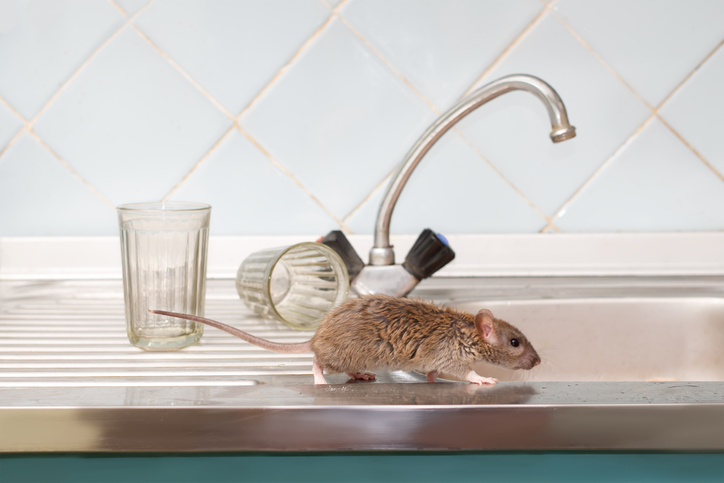Articles
Your home could have rats, and you may not know it
February 16, 2022
by PEMCO Insurance

That’s a problem, because besides carrying disease, rats can quickly damage your home’s wiring, insulation and HVAC systems, often requiring expensive professional cleanup and repair. They’re also notorious for invading stored cars.
How to tell if you home has rats
In 2019, the pest-control company Orkin ranked the Seattle-Tacoma area No. 13 for rats in the United States (Chicago is No. 1). With numbers like that, rat control – rather than elimination – may be a more realistic goal for many Northwesterners.Besides looking for obvious signs like droppings, gnawed food packaging or nesting materials, these clues may mean you’re sharing your home with rats:
- Dirt mounds near your foundation
- Noises coming from the attic or walls, especially just after dark
- A musky odor in your home
- Smudge marks along the walls, where rats rub their dirty, oily bodies as they travel
- Odd behavior from your pets, like sniffing or pawing under appliances or fixating on heating vents.
How to rid your home of rats
Eliminating entry points and removing food sources are keys to rat control:Cover foundation and attic vents with sturdy wire mesh. An added bonus, the mesh will do double-duty for wildfire preparedness.
Check pipes that go through your foundation. If you notice gaps, fill them with concrete.
Close the garage door after you’ve driven in or out.
Trim branches near your roof. They can act as “rat highways,” leading straight to your attic. If an above-ground power line runs to your house, ask your utility company to install a plastic rat shield on it.
Move woodpiles away from structures. Not only do you eliminate a prime nesting site for rats, you also reduce fuel sources near your home in a wildfire.
Remove attractive food sources. That includes bird feeders, outdoor pet bowls and fallen tree fruit. Store sacks of livestock grain in lidded metal garbage cans. You may even want to rethink your urban chicken coop. Rats are attracted to leftover chicken feed and even freshly laid eggs if they’re not promptly collected from nest boxes.
Keep an eye on your compost bin. As Northwesterners, we love the idea of recycling organic material into rich garden compost. Unfortunately, rats love compost bins, too. To discourage them:
- Stick to vegetarian-only compost. That means no egg shells, meat, fish, chicken or dairy items in the compost. (Going vegetarian also helps keep raccoons from pawing through your compost.)
- Buffer kitchen scraps with yard waste. Yard waste like lawn clippings, leaves and woodchips can camouflage the scent of attractive edibles like potato, carrot and apple peelings.
- Keep your compost damp and turned. That discourages rats from nesting in what to them seems like a dry, insulated space. A moist environment that’s turned frequently with a shovel also speeds up decomposition.
- Situate compost bins away from fences and structures. Rats prefer to creep along fence lines and the sides of buildings rather than crossing open, visible areas.
- Switch to a solid-sided bin with a lid. You also can try a commercial plastic bin with a rat-proof wire mesh bottom.
Share on social media